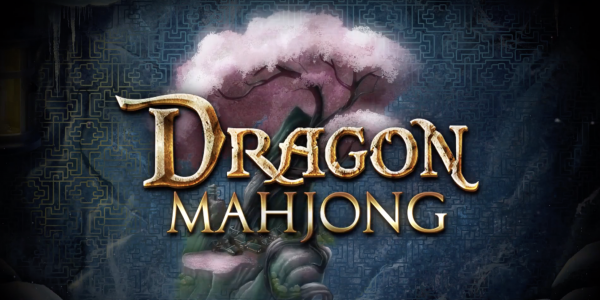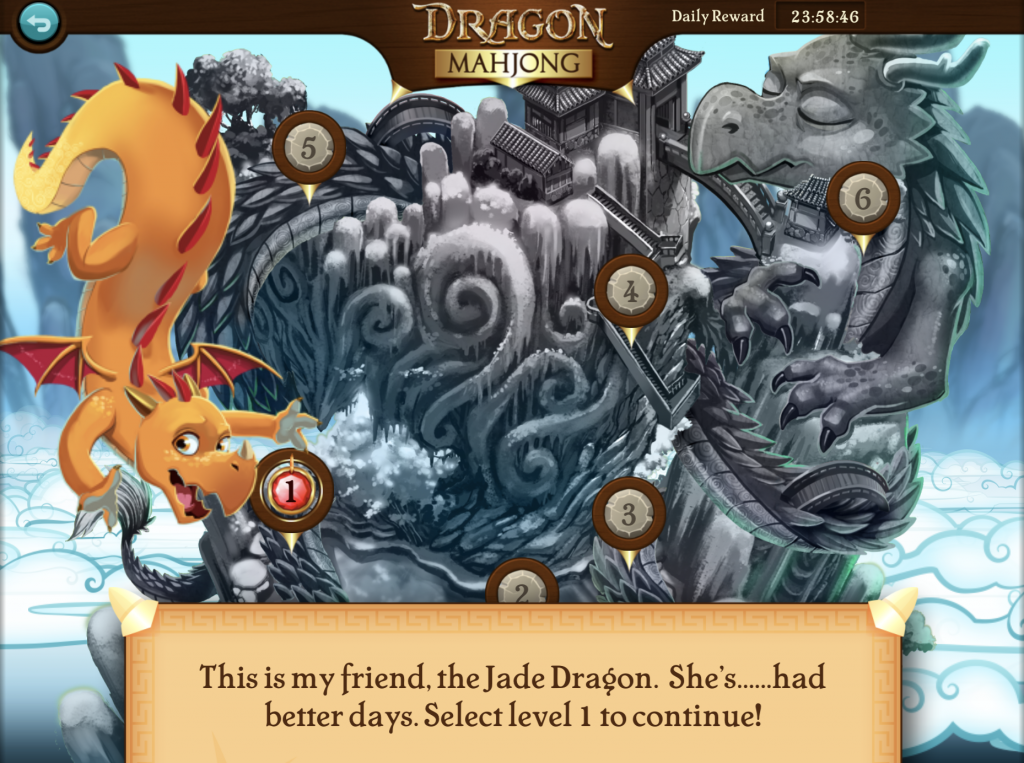What is the Best Mahjong Game of 2019?
Play. Party. Win!
Flowplay, 3:00 pm October 10th

There’s a lot of debate surrounding the creation of Mahjong (麻將): some scholars argue that the tile-based game arose during the Ming dynasty, but most experts agree that the modern version was perfected in the late nineteenth century.
Whatever its origin, Mahjong is easy to learn but difficult to master… and bears almost no resemblance to the Mahjong app installed on your iPhone or Android device. They share the tiles, but that’s pretty much all they have in common.
The simple but addictive game on your device is actually Mahjong Solitaire and it’s a perfect way of zoning-out during a long journey. But what’s the best free Mahjong app of 2019?
Look No Further than Dragon Mahjong:
The three types of Dragon tiles are:
- Red Dragon
Red Dragon (紅中/红中, pinyin hóng zhōng, Japanese 中 romaji chun) – a tile with a red traditional Chinese character (中) meaning center or middle. Some sets may also have a black letter C in a corner of the tile, denoting the first letter of the Wade-Giles romanization of 中 (chung).
- Green Dragon
Green Dragon (青發/青发, pinyin qīng fā, Japanese 發 romaji hatsu) – a tile with a green traditional Chinese character (發), even for sets where the Character tiles are written in simplified Chinese. Often the variant character U+24F35 � (癶 over 弓矢 instead of 弓殳) is used. It is a contraction of 發財/发财 (pinyin fā cái) which loosely means “to strike it rich”) Some sets, notably American, use a green dragon in place of the character. Some sets may also have a black letter F in a corner of the tile, denoting the first letter of the Wade-Giles romanization of 發 (fa), despite the fact that many believe that the F is taken from a form of Cantonese romanization (fat). This tile was absent in the earliest sets.[7]
- White Dragon
White Dragon (白板, pinyin bái bǎn, Japanese 白 romaji haku or shiro) – a tile which can be without any markings (白), although most modern sets employ tiles with a blue border to distinguish them from replacement tiles. Some sets may also have a black letter B in the center of the tile, denoting the first letter of the Wade-Giles romanization of 白 (bai). Japanese tiles of this kind have no mark on them, and are occasionally dubbed tofu (bean curd) in some Japanese mahjong clubs.
The Chinese name for the Dragon tiles means “three elemental tiles” (三元牌). They are also known as the arrow tiles (箭牌).



